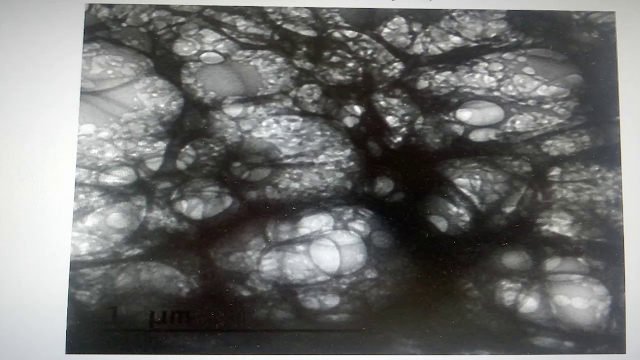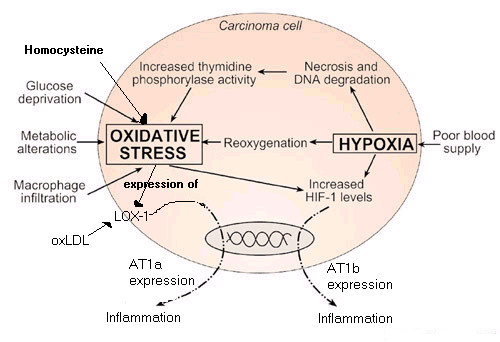Yes md_a! I just got to that part myself last night. This brings up another serious question on what else is in as well as what else do these drugs do.Richard M. Fleming, PhD, MD, JD:
“From a vaccine that only carries a spike protein, it’s making antibodies to the nucleocapsid, which is another part of the virus that’s not supposedly in the vaccines. You can’t make antibodies to something not in your body, so the question is, what’s in the vaccines, that you’re not only making antibodies to the spike protein, but to the nucleocapsid? That’s the key to this paper, is that there’s antibodies to the nucleocapsid. These vaccines must have more in it than just the spike protein.
In 2017 moderna published a paper using lipid nanoparticles on the influenza vaccine, and it showed then, in the animals tested, their lipid nanoparticles vaccines spread into the brain, bone marrow, liver, spleen and the muscle site where it was injected.
If vaccine shedding doesn’t exist, Health and Human Services and the FDA, went through a lot of effort to issue a guidance to the industry in Aug. 2015, when they issued a document on shedding from viral and bacterial vaccines, to the industry. They didn’t spend all this money and time to test for something they didn’t know, and that didn’t exist. This is their document, it’s on their website.
It also doesn’t explain one other important thing. Remember those prion-like diseases we’ve talked about? Your DNA belongs inside of your nucleus or mitochondria. Your RNA belongs inside of your cells. If your body doesn’t see it, it’s not a part of your body, your immune system doesn’t see your genetic code, because it’s not outside of your cells. RNA outside of your cells is a Prion. The vaccines contain mRNA. Any leaking of that material produces a Prion-like disease.
- Richard M. Fleming, PhD, MD, JD
(Prions are misfolded proteins with the ability to transmit their misfolded shape onto normal variants of the same protein. They characterize several fatal and transmissible neurodegenerative diseases in humans and many other animals.)
You mentioned that you believe that having a strong metabolism is the best thing to deal with anything that is transmitted by these gene therapy treatments. But I am curious if you have any other thoughts on what a person could do that has to work, live, or just interact daily with people that are treated with these gene therapy treatments.
The one thing I feel that we have an advantage in is that it is not the actual lipid coated mRNA particle that we are being exposed to but rather the shed finished spike protein, and I would presume that our immune system has various defensive mechanisms in place to deal with foreign proteins that we are exposed to on a continuous basis that have evolved over millennia.
However I also have to take into account that this SN1 spike protein has been manipulated in if memory serves 12 different neucleotides and has various components added to it that are not from nature. I believe Dr Fleming mentioned that in the natural evolutionary process it would take around a hundred thousand years for the original spike protein to evolve into this form. So I would have to presume that our bodies are possibly not ready for this unnaturally evolved protein sent back from the future.
I am curious on your take on this matter.





